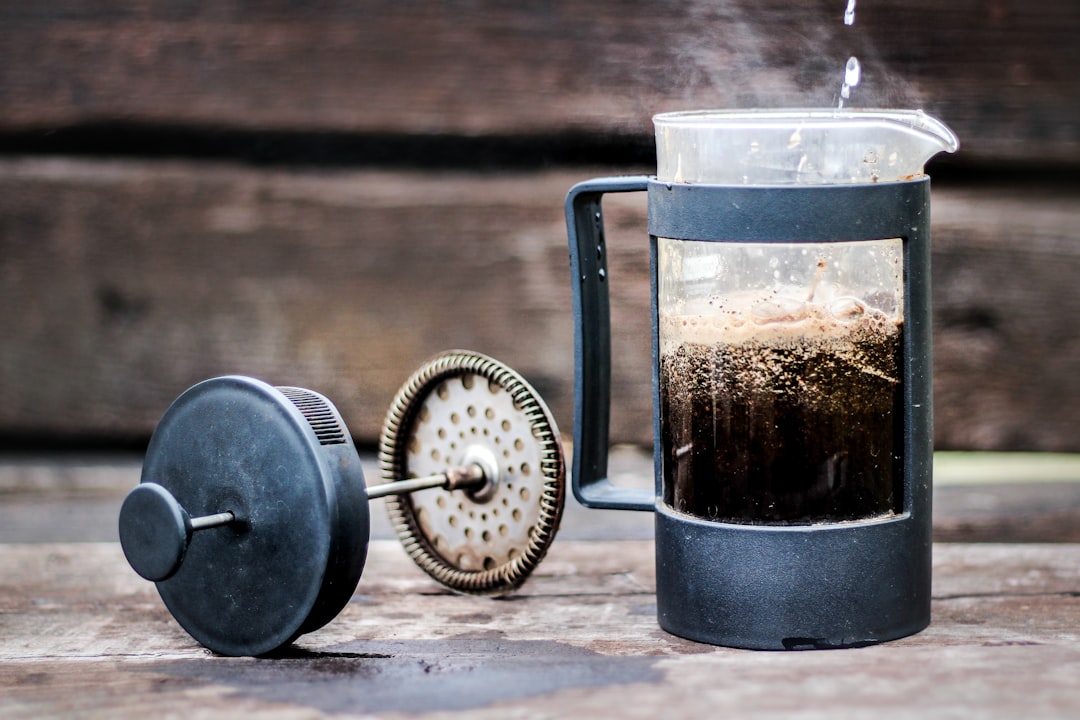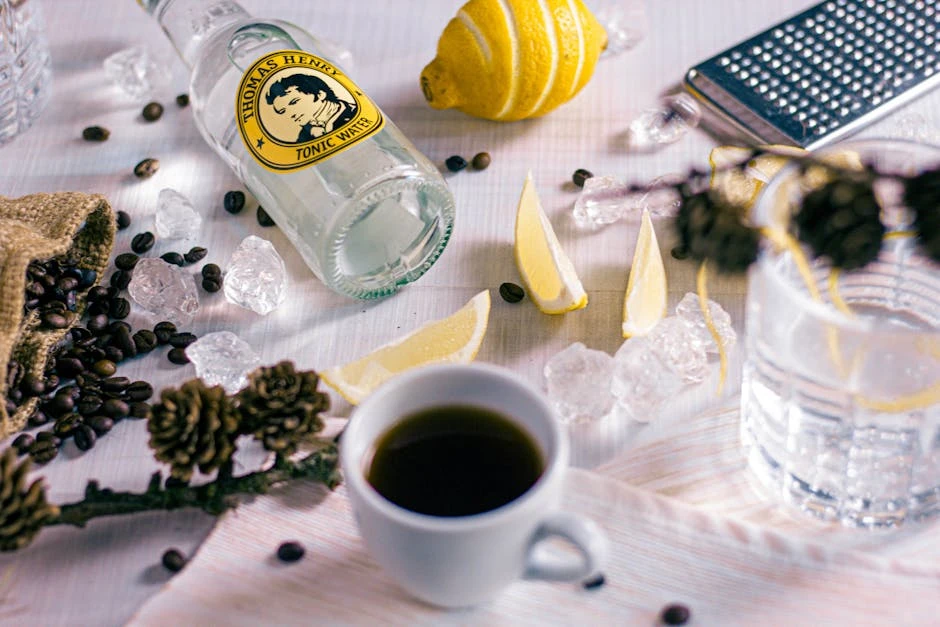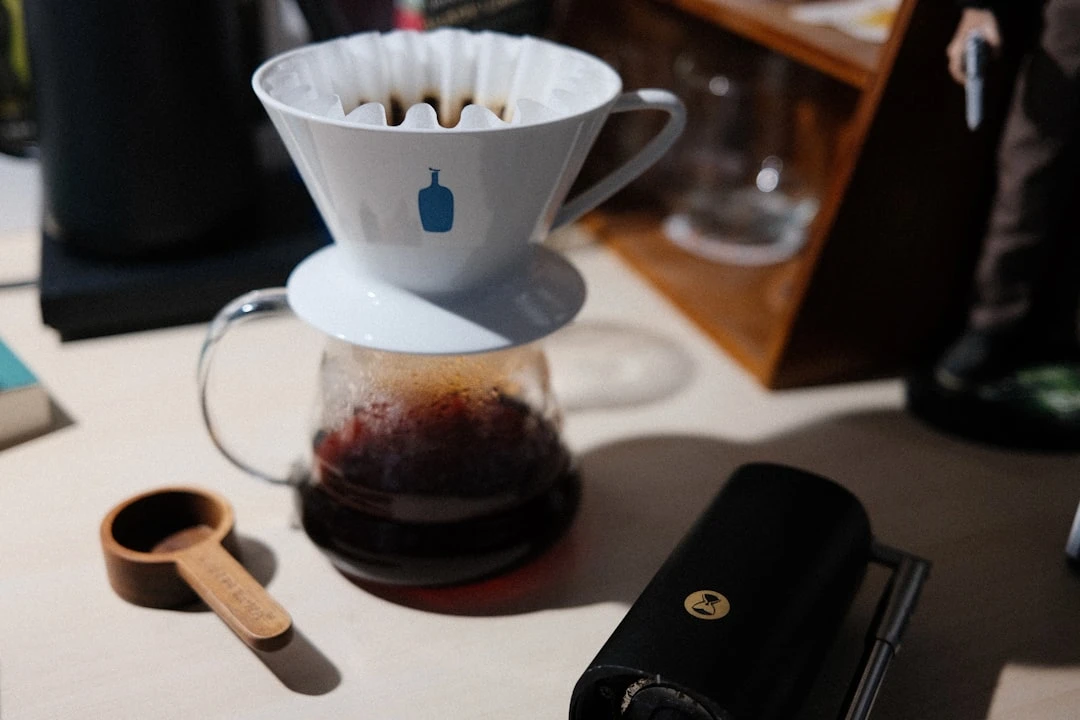The Complete Guide to Siphon Coffee Brewing: Master This Theatrical Brewing Method
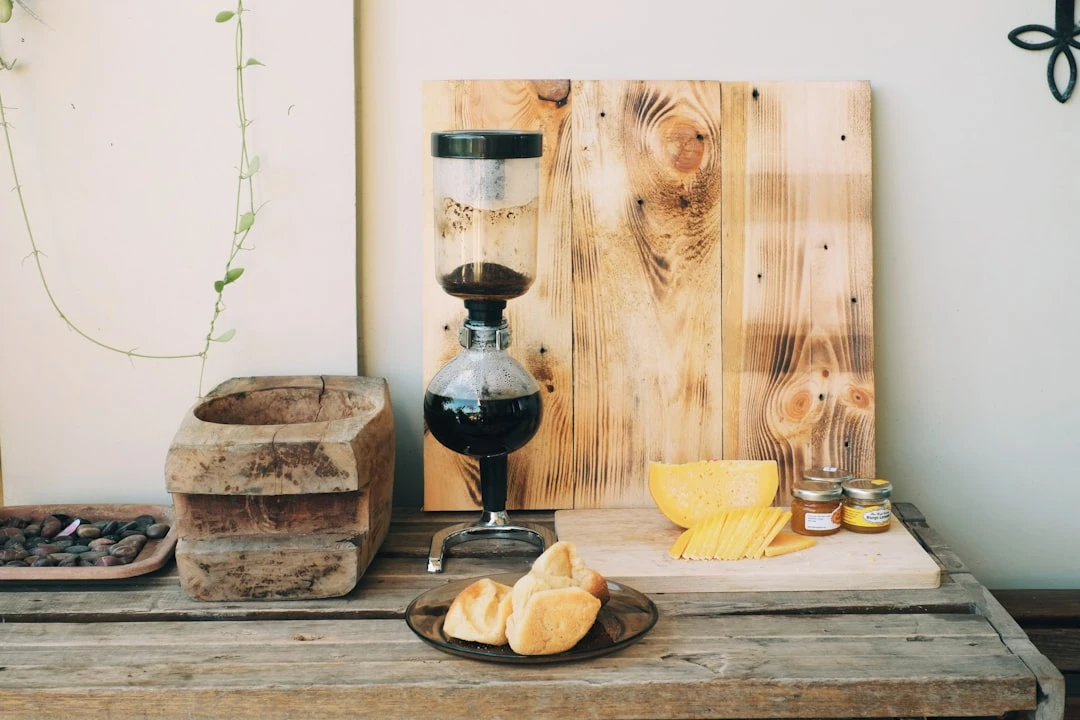
Did you know that siphon coffee brewing was actually invented in the 1840s, making it older than the espresso machine? I'll never forget the first time I watched someone make siphon coffee at a specialty shop in Seattle. The whole process looked like a mad scientist's experiment – bubbling water, dramatic vacuum sounds, and this theatrical presentation that had everyone in the café turning to watch.
That moment got me hooked on what's arguably the most visually stunning way to brew coffee. Siphon brewing isn't just about making great coffee (though it absolutely does that). It's about the entire experience, the precision, and honestly, the chance to feel like you're conducting a fascinating science experiment every morning.
If you've been curious about siphon coffee but felt intimidated by all those glass chambers and burners, I totally get it. I was there too! But here's the thing – once you understand the basics, siphon brewing becomes this incredibly rewarding ritual that produces some of the cleanest, most flavorful coffee you'll ever taste.
What Is Siphon Coffee Brewing?
Alright, let's break down what siphon brewing actually is, because I spent way too many early mornings confused about this method before finally getting it right.
Siphon coffee brewing, also called vacuum brewing, uses two chambers – an upper chamber and a lower chamber – connected by a tube. The magic happens through vacuum pressure and atmospheric pressure working together. When you heat water in the bottom chamber, it creates vapor pressure that forces the water up into the top chamber where your coffee grounds are waiting.
I remember my first attempt was a complete disaster. I thought it was just about boiling water and letting gravity do its thing. Wrong! The real beauty is in what happens next – when you remove the heat source, the bottom chamber cools down, creates a vacuum, and literally sucks the brewed coffee back down through a filter. It's like watching physics in action, and honestly, it never gets old.
The whole process gives you incredible control over brewing variables like temperature, time, and agitation. Unlike pour-over methods where you're constantly pouring, or French press where you just wait, siphon brewing lets you actively participate in the extraction process. You can stir the grounds, control the heat, and watch the entire brewing cycle unfold right in front of you.
What makes siphon coffee special is how clean it tastes. The cloth or metal filter removes oils and sediment that paper filters might miss, while still keeping out the larger particles. The result? Coffee that's incredibly clear, bright, and lets you taste all those subtle flavor notes that might get mudded in other brewing methods.
Essential Siphon Coffee Equipment and Setup
Let me tell you about the gear you'll need, because getting the right equipment makes all the difference. I learned this the hard way after buying a cheap siphon that broke after three uses – talk about a frustrating morning!
First up, you'll need the siphon pot itself. Look for borosilicate glass chambers that can handle temperature changes without cracking. I've had great luck with Hario and Yama brands, though there are plenty of quality options out there. The key is making sure both chambers fit together properly and create a good seal.
Your heat source is crucial. You've got a few options here: butane burners, alcohol burners, or halogen heaters. I personally prefer butane burners because they give you precise temperature control and consistent heat. Alcohol burners work fine but can be a bit unpredictable, especially on windy days or in drafty kitchens.
Don't forget about the filter! Most siphons come with cloth filters, which I actually prefer over metal ones. They're reusable, easy to clean, and give you that perfect balance of filtration. Just make sure to rinse them well before first use – nobody wants that "new fabric" taste in their morning coffee.
You'll also want a bamboo paddle or wooden stirrer. Metal spoons can scratch your glass chambers, and trust me, replacing broken siphon parts gets expensive fast. The bamboo paddle lets you stir gently without worrying about damage.
A good scale is essential for consistent brewing. I measure both my coffee and water by weight, not volume. It might seem obsessive, but when you're dealing with precise ratios and timing, every gram matters. Digital scales with a timer function are perfect for this.
Step-by-Step Siphon Coffee Brewing Process
Here's where the rubber meets the road – actually brewing the coffee. I'm going to walk you through my process, which I've refined through probably hundreds of cups and more than a few mistakes.
Start by setting up your heat source and getting your water ready. I use a 1:15 coffee-to-water ratio, so for a single serving, that's about 25 grams of coffee to 375 grams of water. Fill your bottom chamber with the water and attach your heat source. Don't turn it on yet – patience, grasshopper!
While your setup is ready, grind your coffee to a medium-fine consistency. Think somewhere between pour-over and espresso grind. Too coarse and you'll under-extract; too fine and you'll over-extract and potentially clog your filter. I learned this lesson after making several cups that tasted like bitter mud.
Now insert your filter into the upper chamber and attach it to the bottom chamber. Make sure that seal is tight! A loose connection will mess up your vacuum and leave you with weak, sad coffee.
Turn on your heat source and watch the magic begin. As the water heats up, it'll start moving into the upper chamber. This usually takes about 2-3 minutes, depending on your heat source. Don't rush this part – let physics do its thing.
Once most of your water is in the upper chamber, add your coffee grounds. Give them a gentle stir with your bamboo paddle to ensure all grounds are saturated. This is where timing becomes important – I usually brew for about 1 minute to 1 minute 30 seconds total brewing time.
Here comes the dramatic finale: remove your heat source. As the bottom chamber cools, you'll hear gurgling sounds as the vacuum pulls your brewed coffee back down. The upper chamber should be left with just the spent grounds and minimal liquid.
Remove the upper chamber, give your coffee a gentle swirl, and serve immediately. The whole process takes about 5-7 minutes from start to finish, but the results are absolutely worth it.
Common Siphon Brewing Mistakes and How to Fix Them
Let me share some of the painful lessons I've learned so you don't have to repeat my mistakes. Seriously, I've made every error in the book, and some of them resulted in coffee that was barely drinkable.
The biggest mistake I see people make is using water that's too hot. Just because siphon brewing looks dramatic doesn't mean you need volcanic temperatures. Water that's too hot will over-extract your coffee and leave you with bitter, harsh flavors. Aim for water temperature around 200°F (93°C) when it enters the upper chamber.
Another common issue is grinding coffee too far in advance. I used to prep everything the night before to save time in the morning. Bad idea! Pre-ground coffee loses its flavor compounds quickly, and with siphon brewing's clean extraction, you'll definitely taste the difference. Grind right before brewing, every single time.
Stirring technique matters way more than I initially thought. I used to aggressively stir the grounds like I was making scrambled eggs. This over-agitation can lead to over-extraction and muddy flavors. One gentle stir when you add the grounds, maybe one more halfway through brewing – that's it.
Don't forget to preheat your siphon! Cold glass can cause thermal shock and uneven extraction. I rinse both chambers with hot water before brewing, which also helps with temperature stability throughout the process.
Timing issues plague a lot of beginners. Either they rush the process and don't let proper extraction happen, or they leave it too long and end up with over-extracted bitterness. Use a timer and stick to consistent brewing times until you dial in your preferences.
Best Coffee Beans and Grind Size for Siphon Brewing
Choosing the right coffee beans for siphon brewing was a game-changer for me. Not all coffees work equally well with this method, and I spent months wondering why some cups were amazing while others fell flat.
Light to medium roasts absolutely shine in siphon brewing. The clean extraction method really highlights the origin characteristics and subtle flavor notes that darker roasts might mask. I've had incredible results with Ethiopian single origins – their bright, floral notes come through beautifully in the siphon.
Central and South American coffees work wonderfully too, especially those with good acidity and complexity. Colombian beans with their balanced flavor profiles are perfect for beginners because they're forgiving and consistently delicious.
Avoid super dark roasts in the siphon. The clean extraction amplifies both good and bad flavors, and the oils and char from dark roasting can make your coffee taste bitter and one-dimensional. Save your French roast for espresso or cold brew.
Grind size is critical, and it took me way too many mediocre cups to figure this out. You want a medium-fine grind – finer than French press but coarser than espresso. If your coffee tastes sour and weak, your grind is probably too coarse. If it's bitter and over-extracted, go coarser.
Consistency in your grind matters enormously. Blade grinders create uneven particles that extract at different rates, leading to muddy, unbalanced coffee. Invest in a decent burr grinder if you're serious about siphon brewing. Your taste buds will thank you.
Fresh beans are non-negotiable. I try to use beans within 2-4 weeks of their roast date. With siphon brewing's clean extraction, stale coffee tastes flat and lifeless. Find a local roaster or order beans online with recent roast dates clearly marked.
Troubleshooting Your Siphon Coffee Maker
Every siphon brewer runs into problems eventually, and I've encountered pretty much all of them. Here's how to diagnose and fix the most common issues you'll face.
If your water isn't rising into the upper chamber, check your seal first. A loose connection between chambers will prevent proper pressure buildup. Make sure everything is clean and properly aligned. Sometimes coffee oils can interfere with the seal, so regular cleaning is essential.
Weak, under-extracted coffee usually means your grind is too coarse, your water isn't hot enough, or your brewing time is too short. Try adjusting one variable at a time. I typically start with grind size since it's the easiest to change.
Bitter, over-extracted coffee calls for the opposite approach. Coarsen your grind, lower your water temperature slightly, or reduce brewing time. Sometimes it's a combination of factors, so be patient and make small adjustments.
If your coffee won't draw down properly from the upper chamber, your filter might be clogged. This usually happens with grounds that are too fine or if you've been stirring too aggressively. Clean your filter thoroughly and try a coarser grind next time.
Strange tastes or off-flavors often come from dirty equipment. Siphons need regular deep cleaning to remove coffee oils and residue. I clean mine thoroughly after every use and do a deep clean with specialized coffee equipment cleaner weekly.
Temperature inconsistencies can plague gas burners or alcohol heaters. If you're getting inconsistent results, consider upgrading to a more reliable heat source. Halogen heaters provide steady, controllable heat that makes a noticeable difference in cup quality.
Why Siphon Coffee Tastes Different (The Science Behind It)
Understanding why siphon coffee tastes so distinct helped me appreciate the method even more. There's actual science behind why this brewing method produces such clean, flavorful coffee.
The vacuum extraction process creates a unique environment for coffee extraction. Unlike gravity-based methods, the vacuum actively pulls the brewed coffee through the filter, ensuring complete separation of grounds and liquid. This means zero sediment in your final cup – something you can't achieve with French press or some pour-over methods.
Temperature stability throughout brewing is another key factor. The closed system maintains consistent temperature better than open brewing methods. Your coffee grounds experience steady extraction conditions from start to finish, leading to more balanced flavor extraction.
The cloth filter plays a huge role in the final taste profile. Unlike paper filters that can trap oils and fine particles, or metal filters that let everything through, cloth filters strike the perfect balance. You get the body and mouthfeel from coffee oils while keeping out unwanted sediment.
The brewing process itself encourages even extraction. When water moves up into the upper chamber, it saturates all grounds simultaneously rather than in stages like pour-over methods. This uniform saturation helps prevent channeling and ensures every coffee particle contributes to your final cup.
Atmospheric pressure during the draw-down phase creates a final extraction boost. As the vacuum pulls liquid through the coffee bed, it extracts flavors that might be left behind in other brewing methods. This is why siphon coffee often tastes fuller and more complete than other clean brewing methods.
The controlled environment also means fewer variables to worry about once you dial in your technique. No pouring technique to master, no bloom timing to perfect – just consistent, repeatable results every time.
Conclusion
Siphon coffee brewing might seem intimidating at first, but it's honestly one of the most rewarding ways to make coffee once you get the hang of it. The combination of theatrical presentation, scientific precision, and incredible flavor makes every cup feel special.
Remember that mastering siphon brewing takes practice. Don't get discouraged if your first few attempts aren't perfect – I probably wasted a pound of good coffee figuring out my technique! Start with quality, freshly roasted beans, maintain consistent ratios and timing, and adjust one variable at a time until you find your perfect cup.
The most important thing is to customize this process based on your taste preferences. Maybe you prefer a longer extraction time, or perhaps a slightly different grind size works better with your favorite beans. The beauty of siphon brewing is that once you understand the fundamentals, you can experiment and make it your own.
Safety reminder: always handle the glass chambers carefully, especially when they're hot. Let everything cool down before cleaning, and inspect your equipment regularly for cracks or damage.
Related Articles

Espresso vs Americano: What’s the Difference and Which Should You Choose?
Read More →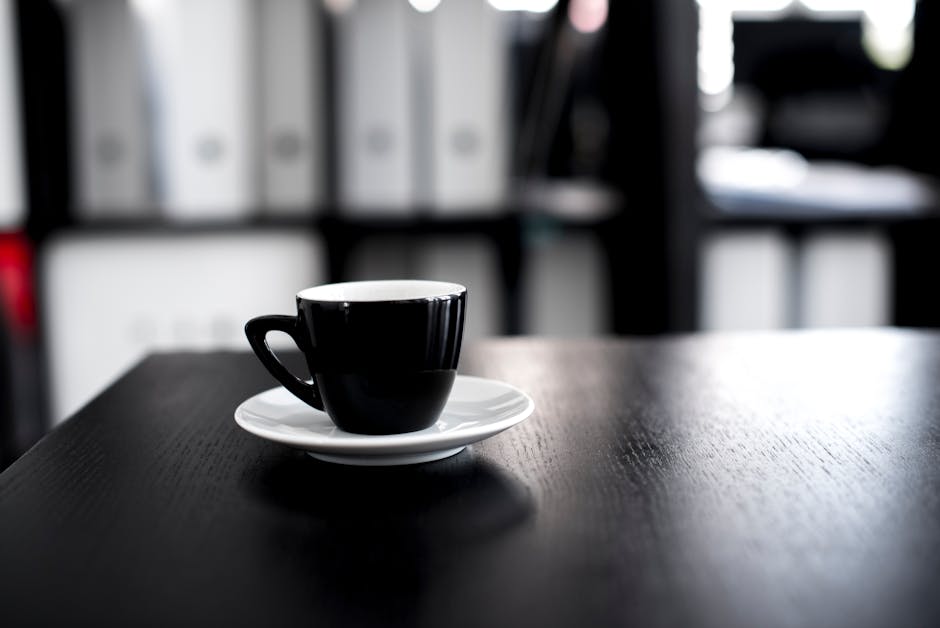
How to Make Perfect Decaf Cold Brew at Home
Read More →